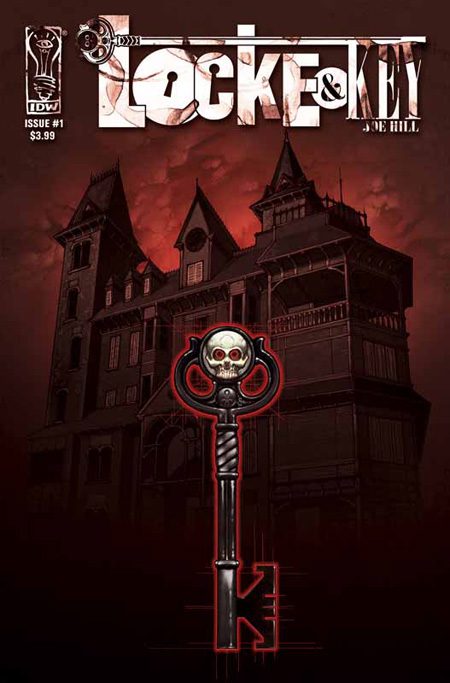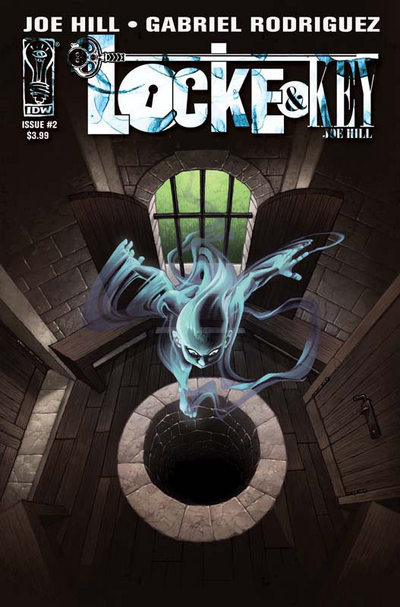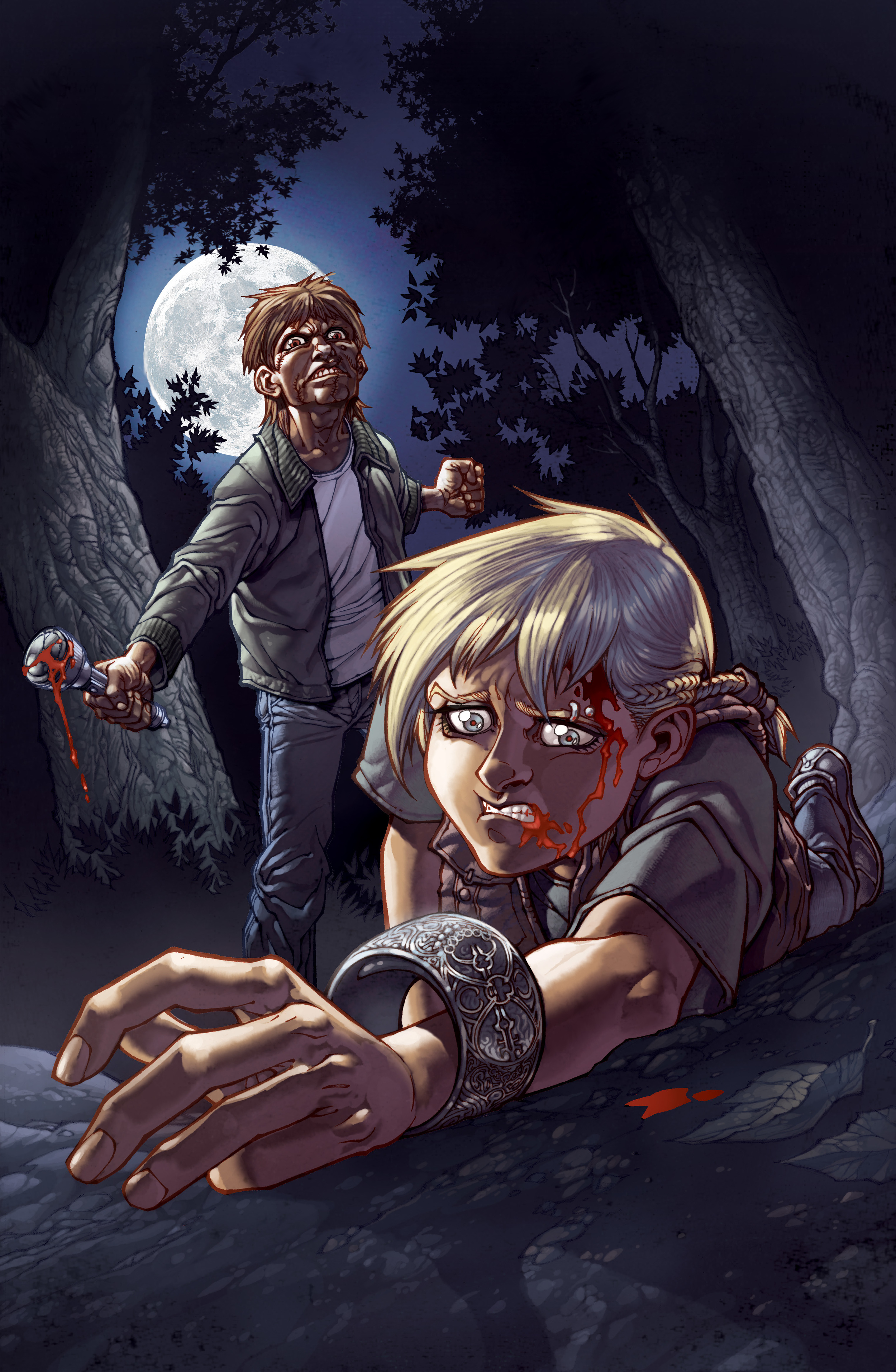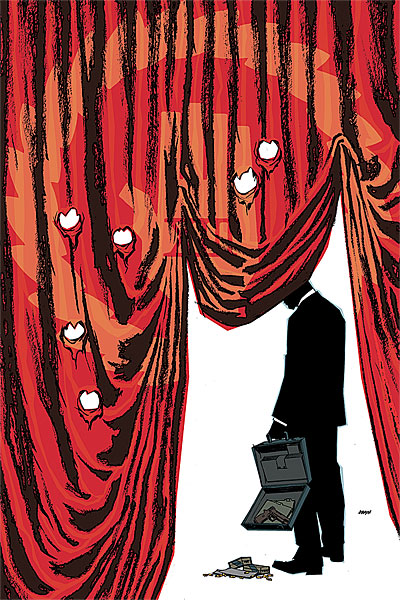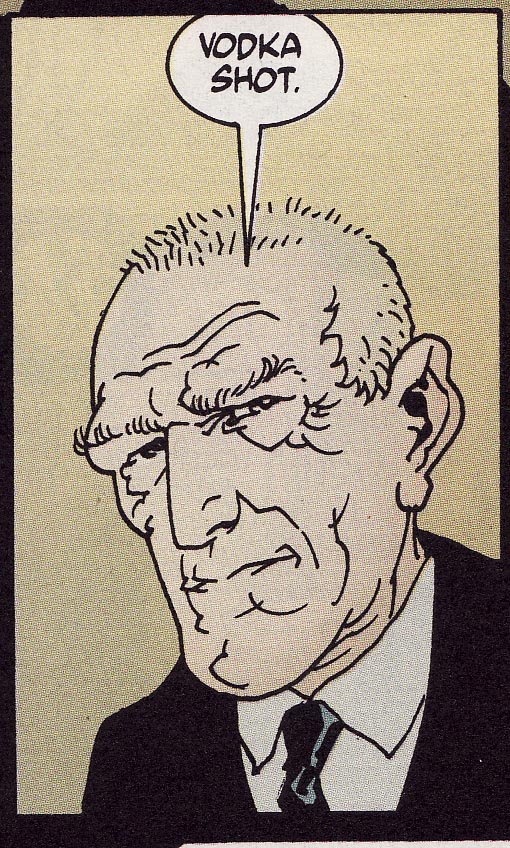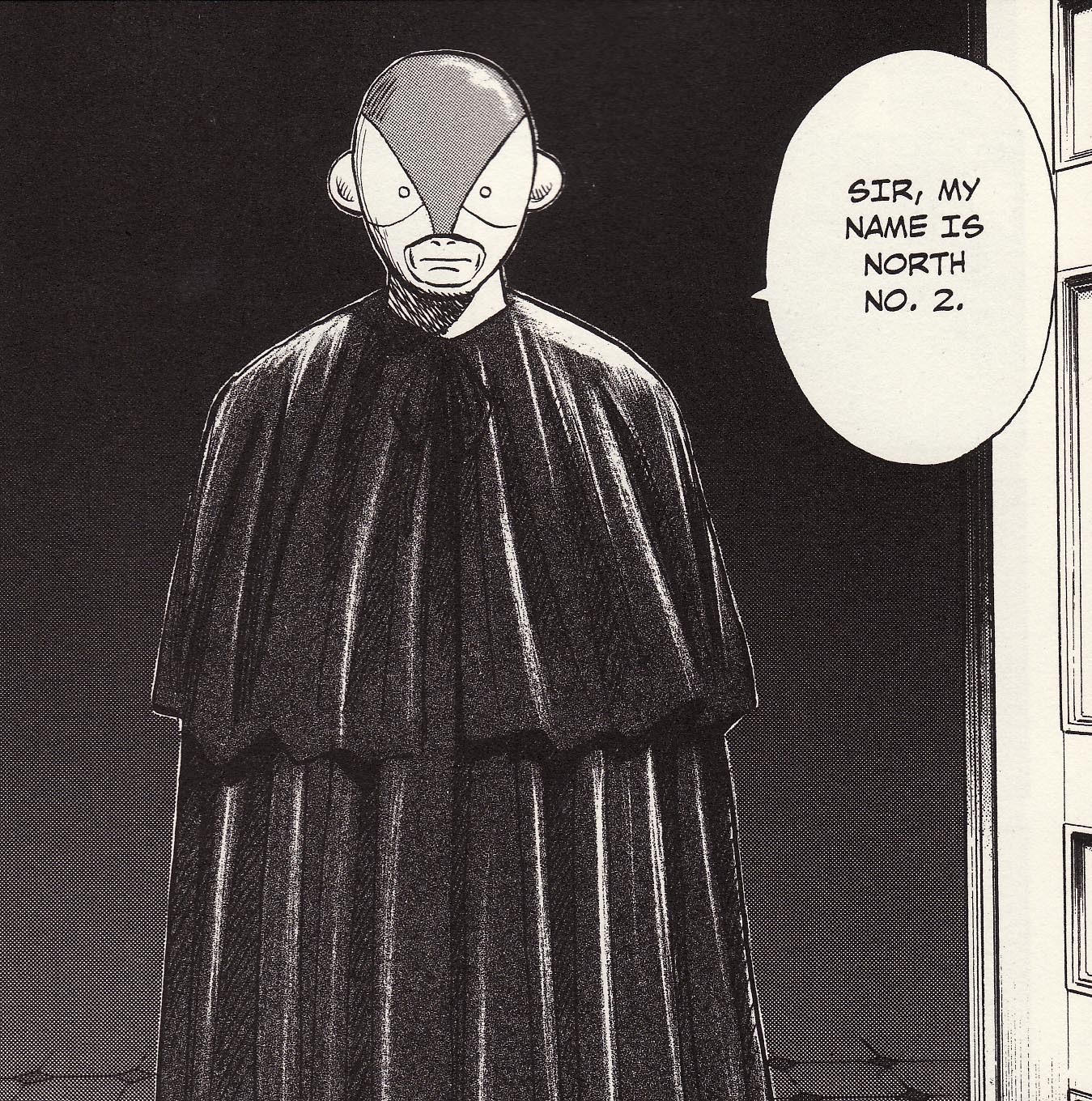Eedie Beedie Beedie...Welcome Back, Buck.
/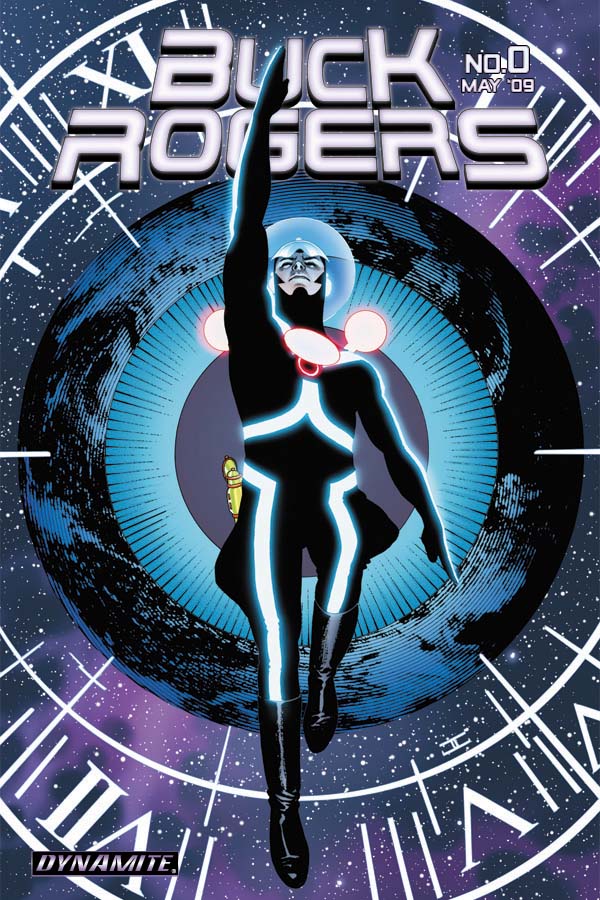
This week, Dynamite released the zero issue of their Buck Rogers relaunch, for the low low price of a quarter. In all honesty, I don’t expect a lot for that kinda money, but this wasn’t too bad at all. Granted, my knowledge of the character extends to my mostly-fuzzy memories of the Gil Gerard TV incarnation, and this book features neither Twiki or Linda Grey in a form-fitting white outfit (which is really too bad, 'cause...damn.). However, it does feature a fairly sharp little SF adventure that, even though it’s the zero issue, is sort of the last Buck Rogers adventure—intriguing!—and a dope cover by John Cassaday. Seems that Earth in the 25th Century, which is safeguarded by the titular modern-day, time-tossed astronaut—is under assault by disgusting paramecium invaders from Ganymede, and Buck has to maybe make the Ultimate Sacrifice to repel them, while his grown-up kids (I guess?) watch helplessly from Earth. It’s written by Scott Beatty (Batgirl: Year One) and features attractive art by Carlos Rafael, but I had a few issues…namely, Buck is drawn way too young to have spawned the full-grown kids featured in this story. Or they’re drawn way too old, take your pick. Maybe there’s even more time travel shenanigans afoot that will be revealed in the ongoing series? Either way, it’s not a bad read otherwise, and given the way this issue ends, it’s an intriguing way to kick off a relaunch. Can I also say that I’m totally on board with this new design for the character, provided by Alex Ross, and, for some reason, I am head-over-heels in love with the book’s logo. I can’t put my finger on it, but it kind of rules.
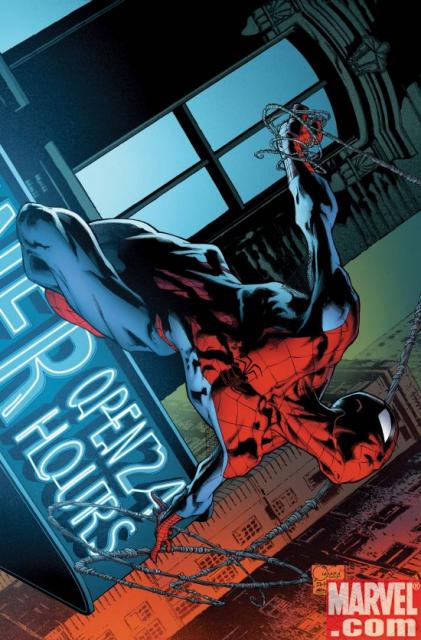
What else? Amazing Spider-Man began a new arc this week, 24/7, that sees Spidey dealing with the consequences of his accidentally being gone for several months in another dimension. For instance, J. Jonah Jameson is the new mayor of New York City, so Peter Parker decides to become Spider-Man full time, the better to bedevil him. Also, a classic Spidey villain appears in a creepy new incarnation, and…I’m not gonna spoil the last page, but my eyebrows almost left the top of my head. Let’s just say it’s something that neither us nor Peter ever wanted to see in our lifetimes. Anyway, point being, Mark Waid’s Spider-Man scripts have so far shown that he has an almost supernaturally precise knowledge of what needs to be in a good Web-head yarn—the proper mix of action, soap opera, and lots of humour. Waid’s collaborator here is Mike McKone, who draws an awesomely acrobatic Wall-crawler, and the colours by Jeromy Cox top the whole thing off nicely.
Now that One More Day is well in the past, can I just say how great it is that Amazing Spider-Man is a book I want to read again? It was always my childhood fave, especially the Marvel Tales reprints of the great Ross Andru stuff from the 70s. However, when they rolled back the clock and started doing reprints of the early years, that was fine by me as well. I sure do love me some Lee/Ditko Spidey—almost as much as I love the idea of giving your wife of many years a signed photograph of yourself:
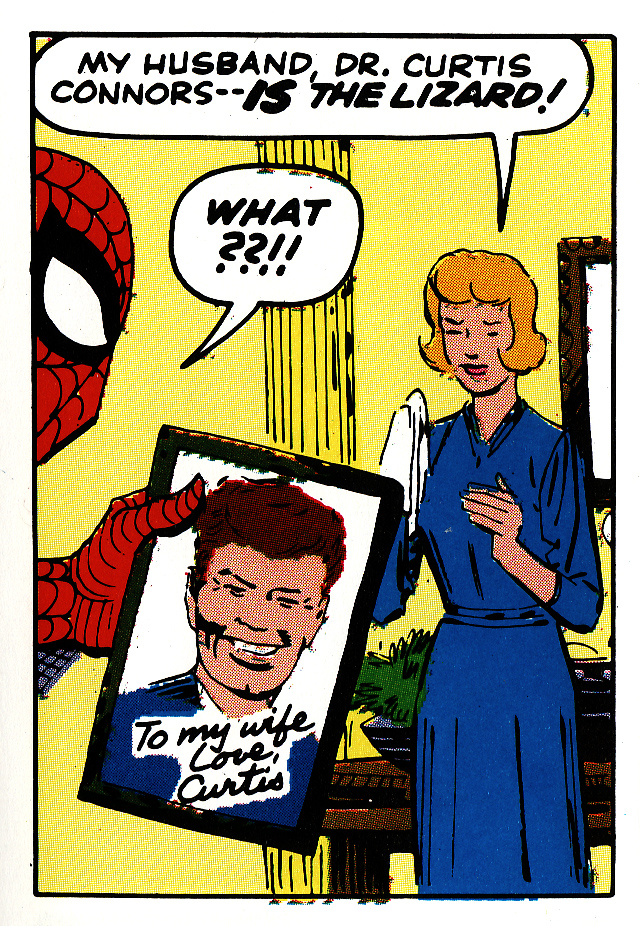
“Hmmm, maybe she’d like some flowers, or dinner at a fancy restaurant…wait! I’ve got it!” Anyway, I got off track there, but my point is, I will always have a soft spot for Spidey done right—and this is Spidey done right.
Finally, Image released Viking #1 by Ivan Brandon and Nic Klein this week, a book that actually sold out several weeks ago. That is to say, orders were so high that every copy being printed was already spoken for by retailers. This is cool because, not only is Viking a nicely gritty new series that sees warring clans of Norsemen chopping each other to bits, but its artist, Nic Klein, used to be a longtime customer of Cal’s (dating back to the early days of the Fredericton store!) before moving to Germany. You’ve likely seen his work on some Marvel covers recently, like New Warriors, but he announces himself in a big way with this series. This is terrific stuff, but don’t take my word for it:
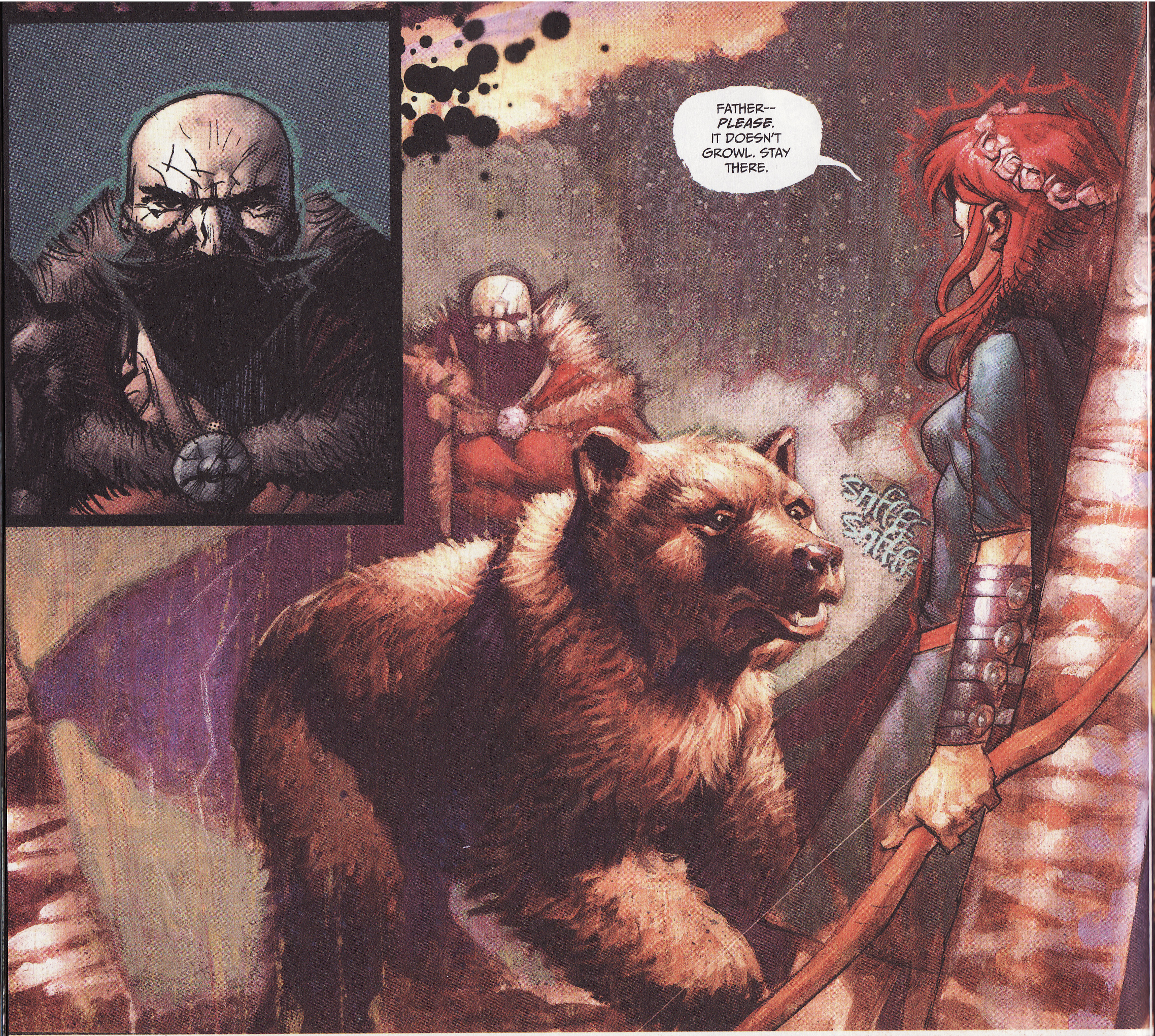
Man, how is that little bear so adorable and terrifying at the same time? Ivan Brandon’s script is composed of equal parts tender family moments and horrific violence, and the format—slightly wider, with a cardstock, spot-varnished cover—is super nice for only $2.99 US. Throw on "Invaders" by Iron Maiden and have a blast.

